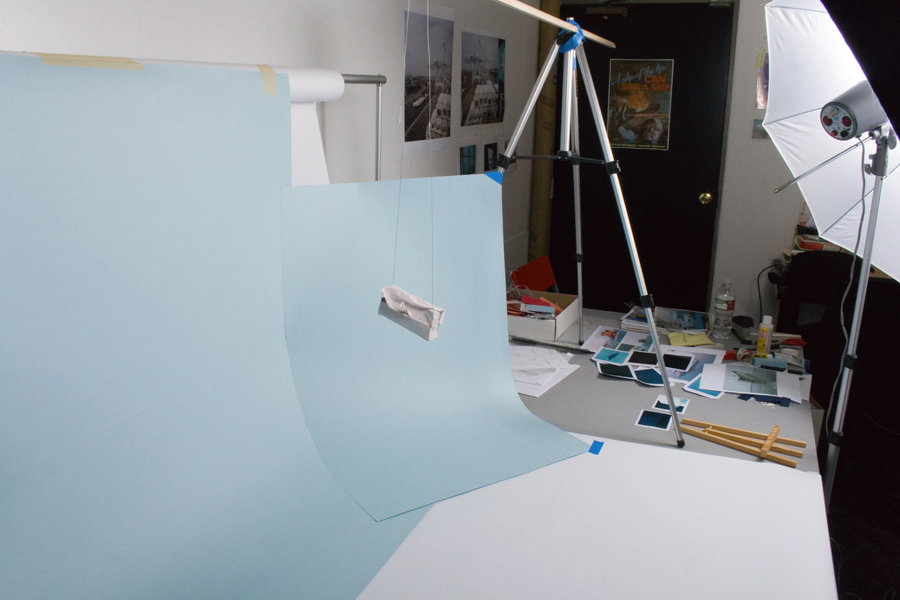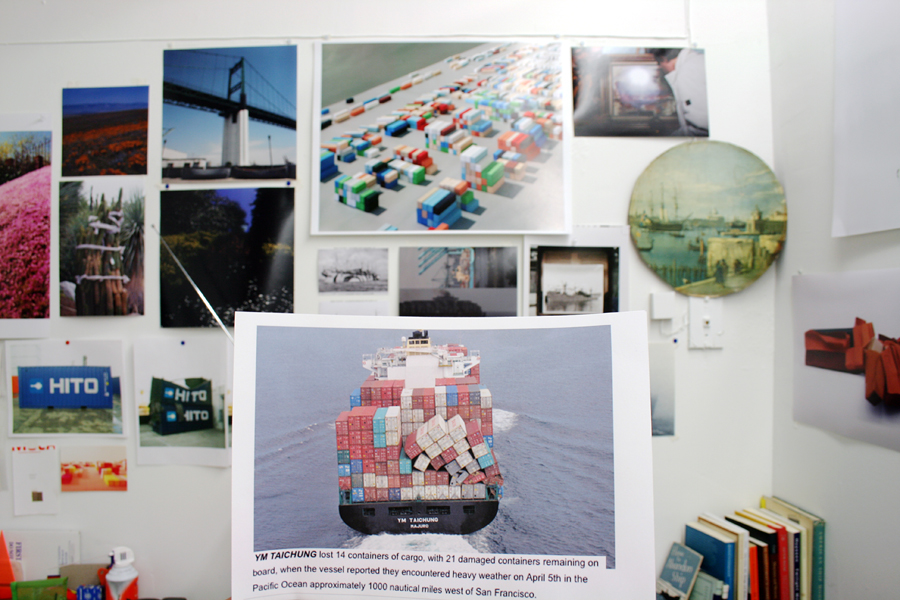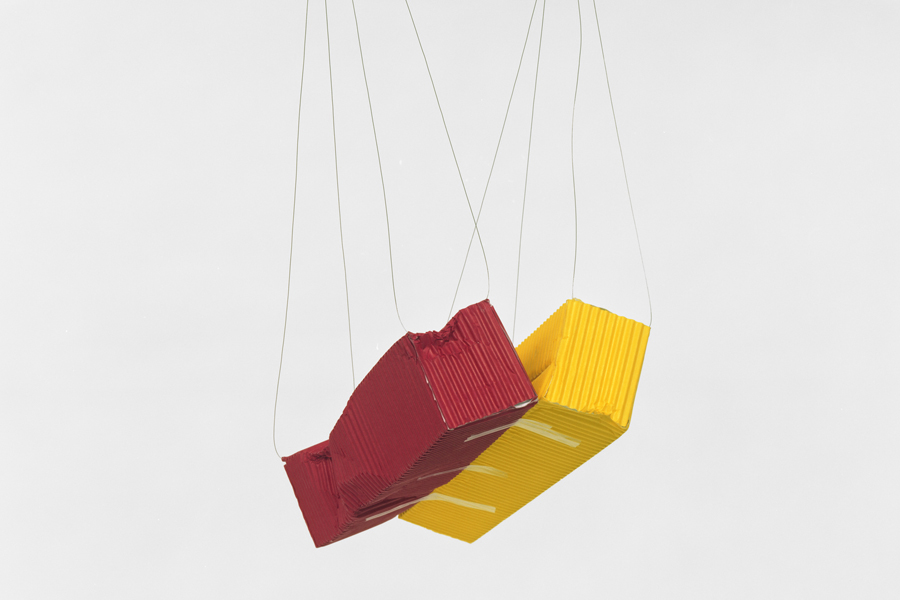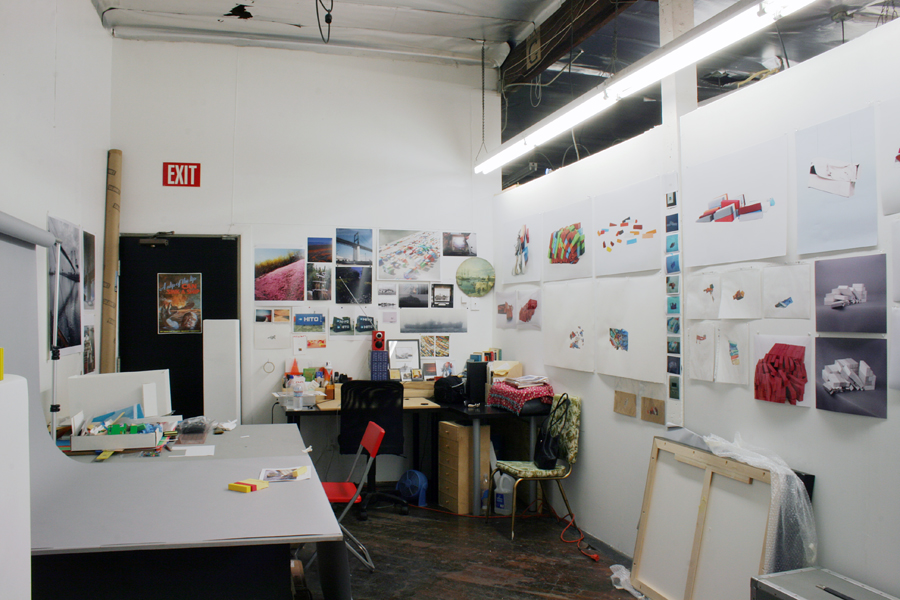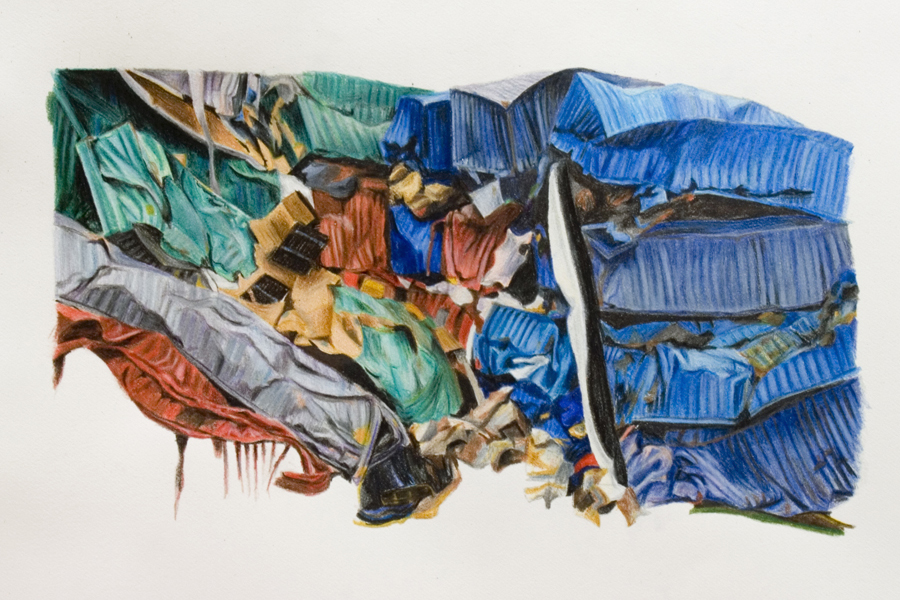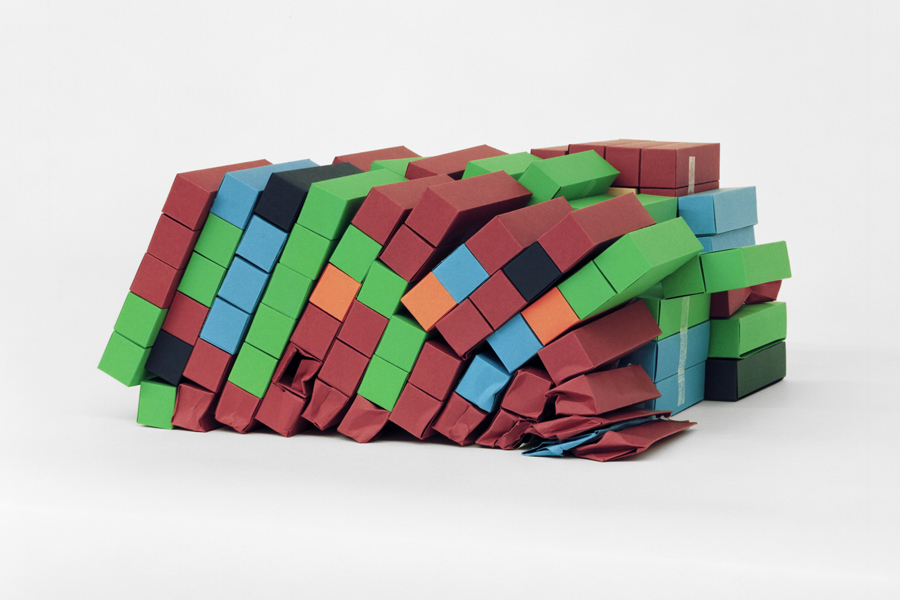HEATHER RASMUSSEN
JULY 16, 2009
11 AM
ECHO PARK, CALIFORNIA
ARTIST'S STATEMENT:
"I grew up in a cluttered suburban house. My mother has always been a packrat, collecting collectibles such as antiques, quilts, graniteware, and also just things. Things that are red: Red TV, red toaster, red table; cars, clothes, linens, santas, magazines, yarn, anything imaginable. It was embarrassing to bring friends over, hard to find important things, and dangerous to walk in. But it was also comforting to be surrounded, exciting to look through things and discover treasures. Paths of carpet were created in between piles of stuff. Couches, chairs, tables and beds were covered with no place to relax, I became claustrophobic. When I began using a camera, my first instinct was to document the house. The photographs started becoming a way to control the clutter, to organize the objects. In a way, I thought that making sense out of the collections would somehow undo the process of my mother’s hoarding. I soon realized that my interaction was causing more pain and stress than needed, and I moved on from the project .
Feeling lost, I started becoming interested in the aerial views created while driving. In particular, driving over the Vincent Thomas Bridge in San Pedro, CA. The sense of comfort and claustrophobia appears in the space of The Port of Los Angeles. It feels like I am returning home, with all of my mother’s collections looming and surrounding – changing the landscape of a traditional house with obstacles and limitations. The Port is my mother’s house on a larger scale; I see the containers as toy blocks to play with, a collection of color and shape to visually build beautiful formations for the viewer. I want to explore the relationship between these ideas, the idea of preservation and collections, and the physical and psychological space captured in a photograph.
For the past three years I have been taking photographs of the Port of Los Angeles. I have been fascinated with the volume of shipping containers that occupy space in the port, how they are stacked and arranged, and how their colors and shapes formally relate to children’s toy blocks. I see these locations within the port as miniature environments. These environments are especially accessible through the form of photography, therefore, I am able to manipulate and change the containers and the space they are in. I produced such a large archive of photographs of the Port of Los Angeles and the containers that I felt my original intentions in the work were obstructed due to the size of the collection. I’ve been attempting to engage in the Port in a different way, thus simplifying the ideas behind the work by returning to the inherent materiality of the containers as objects.
For my graduate thesis exhibition, I created a large floor sculpture. The structure of the sculpture is determined by a satellite photograph retrieved from the Internet. The containers are placed on the floor by color, size, and height based on the map created from this photograph. Like a photo interpreter, I am using the two-dimensional image ‘seen’ by a machine and re-processing it back into a three-dimensional space. I am using a system in which I determine the number of containers on the top layer, based on color and size, then count the stacks based on shadow height. By using this system I am not only paralleling the relationship of a map and its physical site, but my process of counting doubles as a potential sampling of all the world’s containers used in trade from a specific site and moment. I am working with the manipulation of scale, mapping, color, and shape in able to control an environment.
My current body of work is based on found photographs of shipping container accidents downloaded from the Internet. Each found image is used as a model for a sculpture that is constructed for the production of the photograph. I had previously created a system of folding containers out of cardstock, and this has now become a tool used to create these sculptures. The sculpture then exists as a photographic work, which directly relates to the found image, including the ship name, place, and date the accident happened. I abstract the scenes of the catastrophes, removing the original context and placing the damaged containers, onto a seamless white background. This process transforms the containers into pristine patterns of color and shape, thereby confusing scale and altering the perception of the shipping container as an object. The paper is now seen as fragile, crushed or torn due to an unknown circumstance. From this process a temporary sculpture exists, as well as a photographic work. Further explorations of the subject are rendered similarly with colored pencil on paper."
